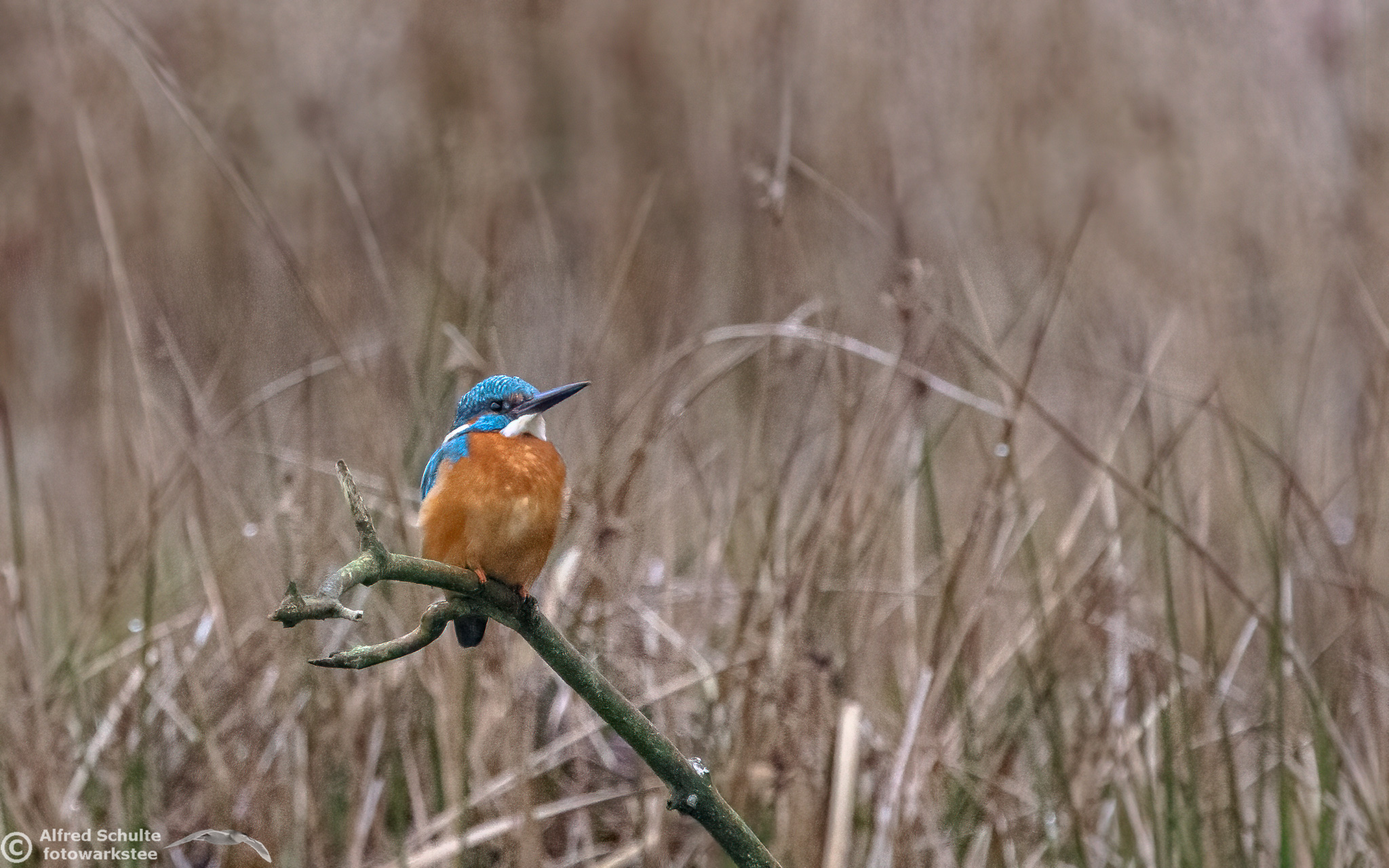
A little gruesome, but removal of the glider’s head is typical Powerful Owl feeding behaviour.

The photographed pair were in Gillindich Nature Reserve, to the south-west of the Blue Mountains, several weeks ago. The Powerful Owl commonly preys on Greater Gliders, which are not much smaller than itself. Supplies of young leaves may well be limited during times of prolonged heat, drought and wind. Over the last decade they have declined markedly at lower elevations, most likely due to increasing temperature and associated effects.įeeding Greater Gliders select younger eucalypt leaves, which are more nutritious than older leaves. Their sluggish behaviour, a consequence of a diet of low energy eucalypt foliage, and their large reflective eyes make them a relatively easy animal to survey.

The Greater Glider is faring less well locally. Their resounding “whoo–hoo” call is now frequently heard in gullies and valleys, the higher pitched calls of the female sometimes alternating with the deeper calls of the male during the autumn-winter breeding season. Powerful Owls in the Blue Mountains have increased greatly since the 1980s. The Greater Glider is sedentary within a small home range, whereas the Powerful Owl ventures more widely into neighbouring drier forest to feed. They inhabit tall, mature forests found on the richer, moister soils of gullies, alluvial flats, shale and basalt caps, and volcanic diatremes across the World Heritage Area.

The Greater Glider (vulnerable species at national level) and Powerful Owl (vulnerable at state level) are Australia’s largest glider and owl. Powerful Owl with Greater Glider (Peter Smith)


 0 kommentar(er)
0 kommentar(er)
